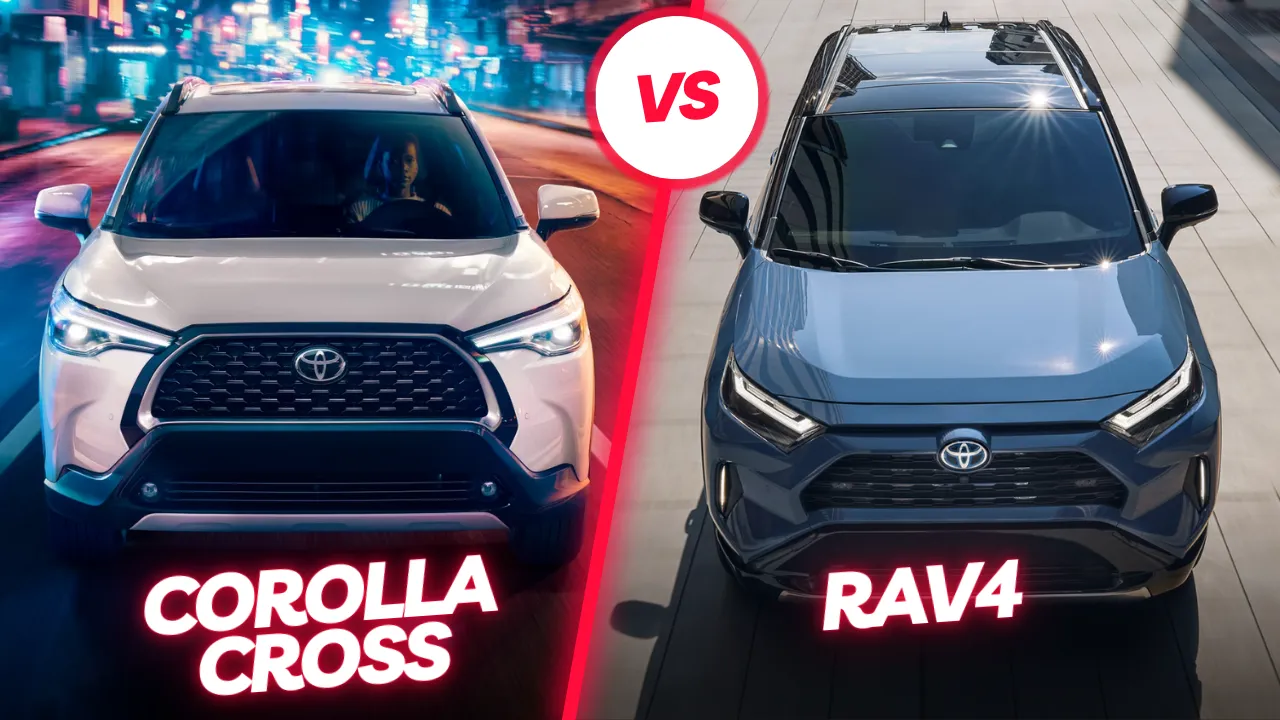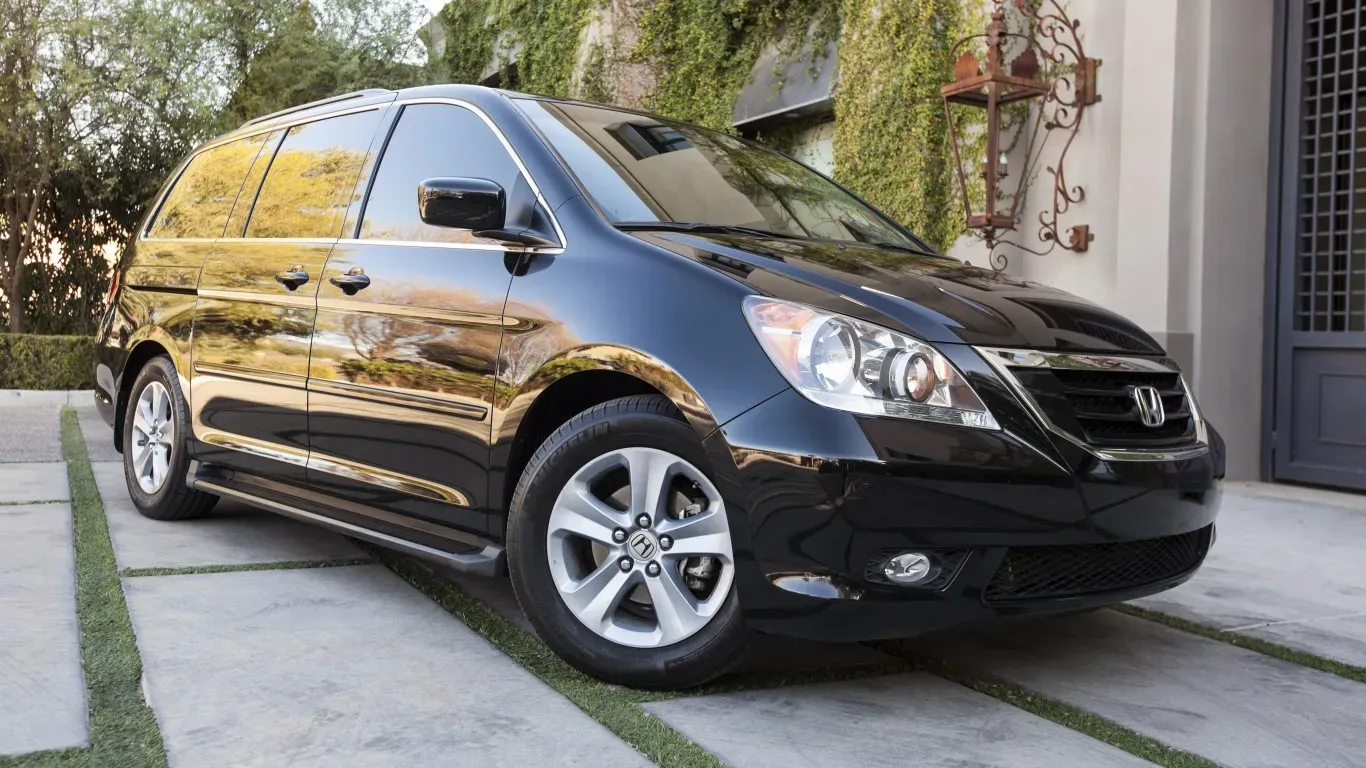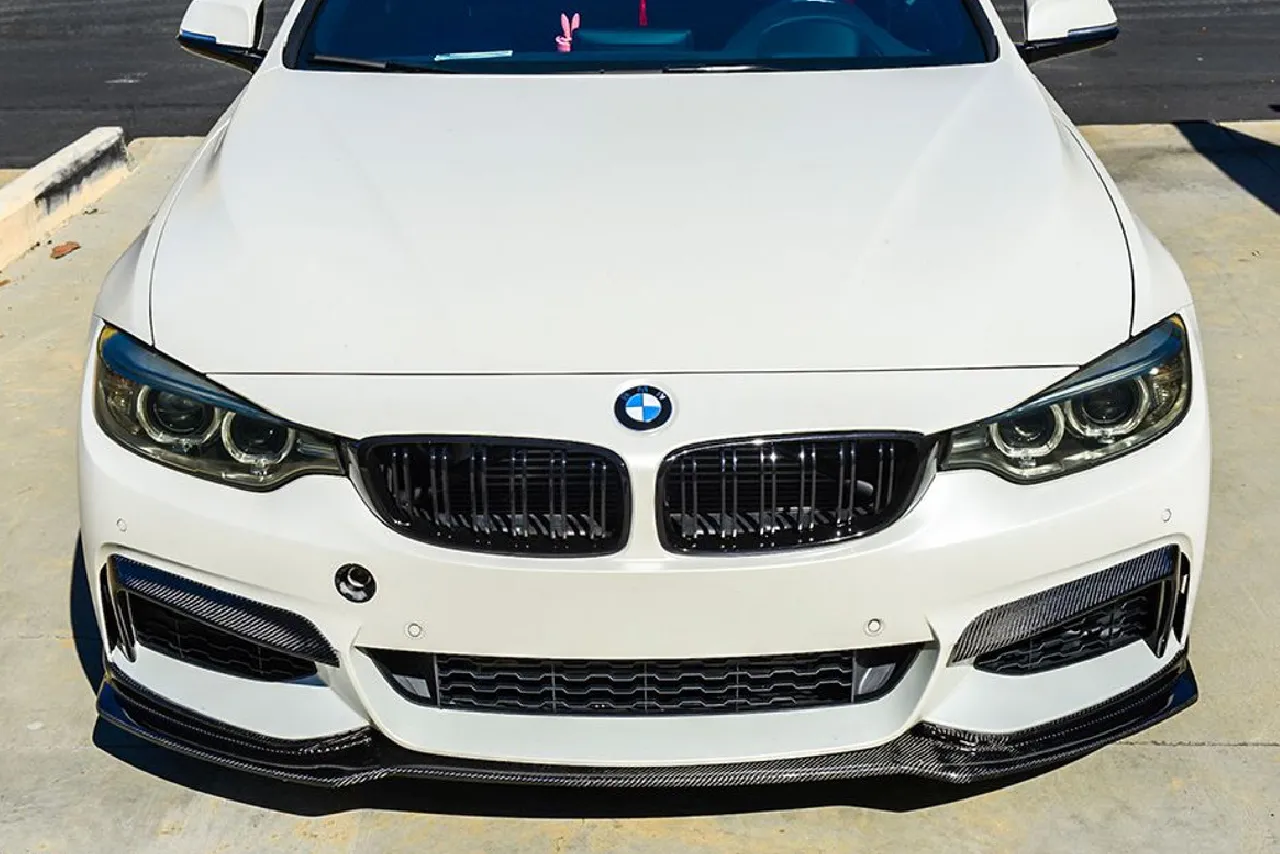The time it takes to charge an electric car can be as little as 30 minutes or more than 12 hours. This depends on the battery’s size and the charging point’s speed. A typical electric car (60kWh battery) takes just under 8 hours to charge from empty to full with a 7kW charging point. Most drivers top up the charge rather than waiting for their battery to recharge from empty to full. For many electric cars, you can add up to 100 miles of range in ~35 minutes with a 50kW rapid charger. The bigger your car’s battery and the slower the charging point, the longer it takes to charge from empty to full. A 7kW home charger will charge a typical 60kWh electric car battery from empty to full in just under 8 hours. The perfect amount of time to fully recharge your EV battery while you sleep.
A slower home charger rated at 3.7kW would take around 16 hours to do the same. 22kW home chargers are available but they’re rarely used for this purpose. While they offer faster charging than lower-rated chargers, their installation and operation require three-phase power – something that isn’t common in residential properties and expensive to implement.
Table of Contents
ToggleElectric Car Charging Time
The amount of time required to charge an EV can vary greatly based on factors like battery size, charger type and charging station speed. Refuelling time is the biggest difference between all-electric vehicles (EVs) and gas-powered cars. Getting a full tank of gas takes mere minutes, but charging an EV is more time-consuming. Furthermore, the exact amount of time required to charge an EV can vary dramatically based on different factors. Completing the task can take as little as 15 minutes or as long as 40 hours or more.
So, which variables play a role in determining how long it takes to charge an electric car? A lot depends on the battery size and the charger you use. The chargepoint speed also impacts the time it takes to refuel an EV.
Electric vehicles are becoming increasingly popular, so we understand that you’re likely interested in upgrading to one for your Cerritos commute. With that being said, we understand that some Long Beach drivers may have reservations about upgrading to an EV because they’re worried about the electric car charging times. Luckily, electric vehicle charging times have come a long way and technology continues to get better and better.
An electric car charging station, also known as a charge point, Charge Point, or electric vehicle supply equipment (EVSE), is a power supply device that supplies electrical power for recharging plug-in electric vehicles (including battery electric vehicles, electric trucks, electric buses, neighbourhood electric vehicles and plug-in hybrid vehicles).
How Does EV Charging Work?
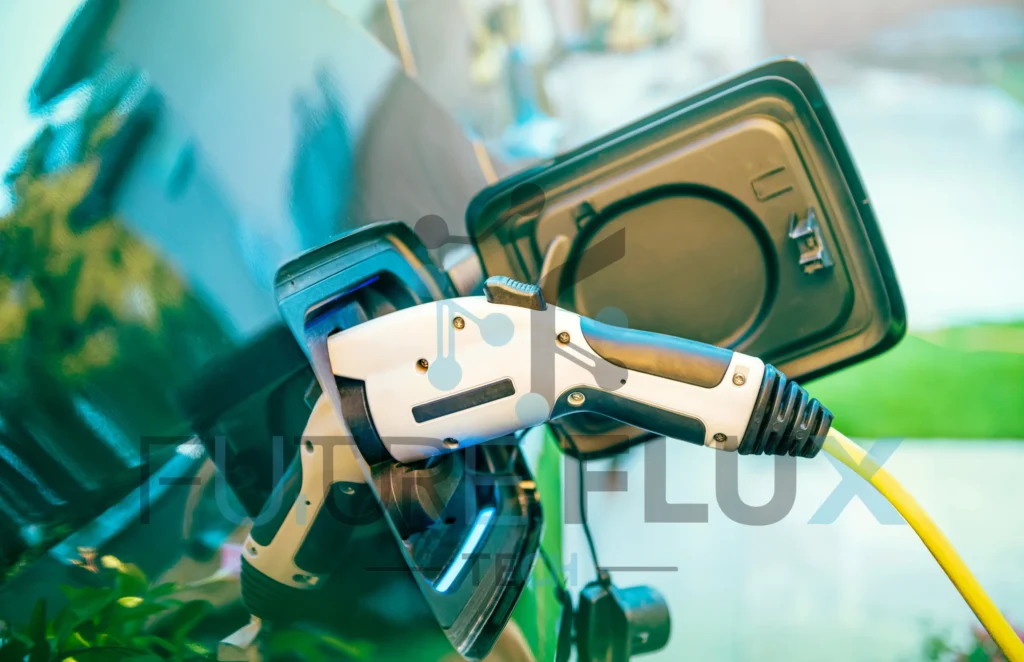
At its most basic, an EV charger pulls an electrical current from either a 240v outlet or the grid it’s hardwired to and delivers that electricity to the vehicle, just like any other appliance or device you charge by plugging into the wall.
For the most part, a J1772 plug is standard for EVs—that is unless you have a Tesla or are trying to use a Tesla EV charging station. Think of it as a device charging cord: If you have a USB-C cord, but your device takes Mini-USB, the USB-C cord can’t be used to charge your device without an adaptor. Because Teslas use their form of connector from the device to the vehicle, a Tesla charger cannot be used on a non-Tesla vehicle, and a non-Tesla charger cannot be used on a Tesla vehicle without an adaptor.
Electric Vehicle Charger Levels and Speeds
Many factors influence electric vehicle (EV) charging speed, including the EV battery’s state of charge, battery deterioration, use of power while charging, ambient temperature, and power level of EV charging equipment. The fastest speed, direct current fast charging (DCFC) equipment enables rapid charging along heavy-traffic corridors at installed stations. DCFC equipment can charge a light-duty BEV to 80 per cent in 20 minutes to 1 hour and some electric motorcycles in 5 to 30 minutes. Most PHEVs and some electric motorcycles currently on the market are not capable of using DCFCs. DCFC equipment has been deployed at various public locations including, for example, grocery stores, theatres, and coffee shops. When selecting a charger type, consider its voltages, resulting charging and vehicle dwell times, and estimated upfront and ongoing costs, discussed further in Installation Planning.
Along with the ever-growing number of electric vehicles on the market and pressure from governments to reduce vehicle emissions to zero by 2050, there is a strong need for more efficient charging solutions. As various consumer studies show, the acceptance of electromobility very much depends on the availability and duration of the charging process, high-power DC charging stations are the answer to these market requirements. Already today, a typical EV can charge about 80% of its battery capacity in less than 10 minutes. This is comparable to refuelling a conventional car with an internal combustion engine.
As the market leader in power electronics, Infineon helps you to bring energy-efficient DC fast-charging designs to life. Benefit from one of the most comprehensive, ready-to-implement one-stop product and design portfolios on the market that covers the entire product range from power conversion, microcontrollers, security, auxiliary power supply, and communication.
How to Charge your Electric Car at Home?
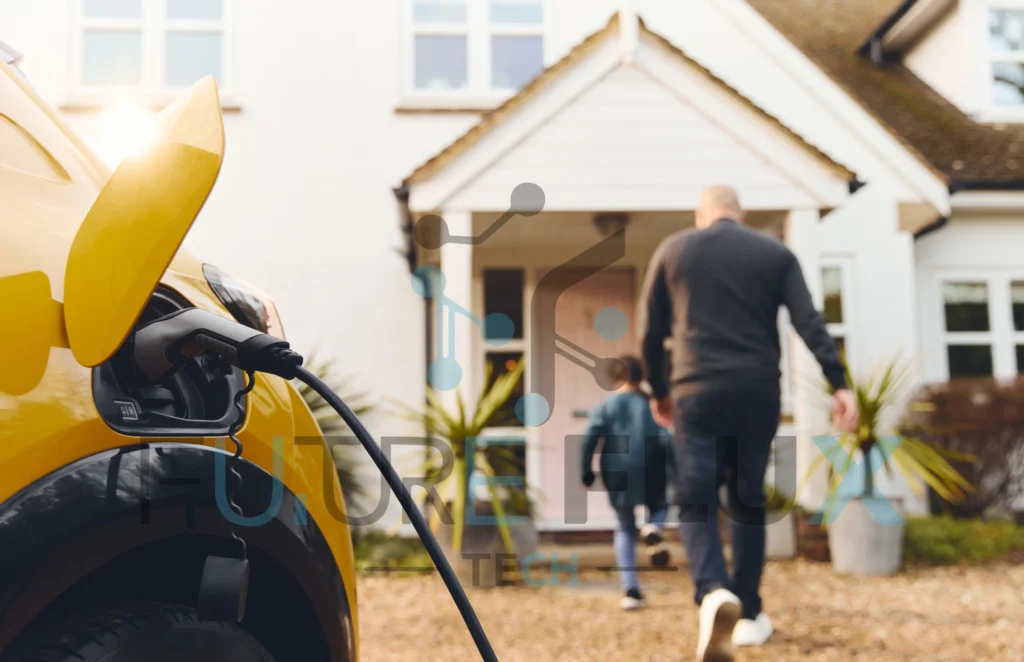
Here are a couple of options when home charging. Most drivers use a wall box installed at their home, but some plug their car directly into a three-pin socket (known as trickle charging). While trickle charging seems most straightforward, it’s a slow process, charging at a maximum rate of 3kW. That means a car with an average 64kWh battery, such as the Kia Niro EV, can take almost 24 hours to fully charge. Even bigger lithium-ion packs seen in models such as the Tesla Model S or Mercedes EQS can take days.
For most, a wall box unit will be a far better bet, with charging speeds almost twice as fast as a three-pin socket and the convenience of mounting it directly onto the wall of your house or garage. Cables also don’t need to be run into the house through open doors or windows.
A wall box charger is a stand-alone unit which is wired directly into your domestic electricity supply. It’s mounted to the external wall of your property and allows you to quickly and easily plug your car in to charge.
You can buy fast charging units that will reduce the time it takes to replenish the battery, as well as ‘smart’ units that you can programme remotely to only charge at certain times (such as when your electricity tariff is cheapest) and that can condition the battery to increase its lifespan. Other chargers can be linked to solar panels, helping reduce your bills and carbon footprint.
Conclusion
How long does it take to charge an electric car? The implementation of controlled charging for all the electric vehicles, which restricts charging between 5-10 pm, showed promise in mitigating the large increase in demand at peak times.
The utilisation of the inactive 25kW-50kWh Redox Flow Battery. Even though the battery does not have any significant impact on the electricity demand/generation profile of the Ecovillage, it has already been purchased, thus its operation is required.
Installation of a 300kW solar-PV farm is proposed. From the map below can be seen that there is a large area available for this installation, especially in the Findhorn Dunes Trust area ( purple-coloured area on the Findhorn Hinterland Ownership Map ).
The impact of electric vehicles on the environment is not just about reducing emissions and improving air quality. It’s about creating a more sustainable and livable world for generations. If you want to know about EV chargers and how long it takes to charge EVs? This article will be useful for your information It’s time for us to take action, to show leadership and to make a difference.
I’m Waqas, an electric vehicle enthusiast and tech writer with over 6 years of experience covering the EV industry. I write in-depth articles, comparisons, and reviews to help readers understand the fast-evolving world of electric mobility. From battery technology to EV launches and charging trends, I aim to make complex EV topics simple, engaging, and informative for everyday drivers and curious readers alike.

